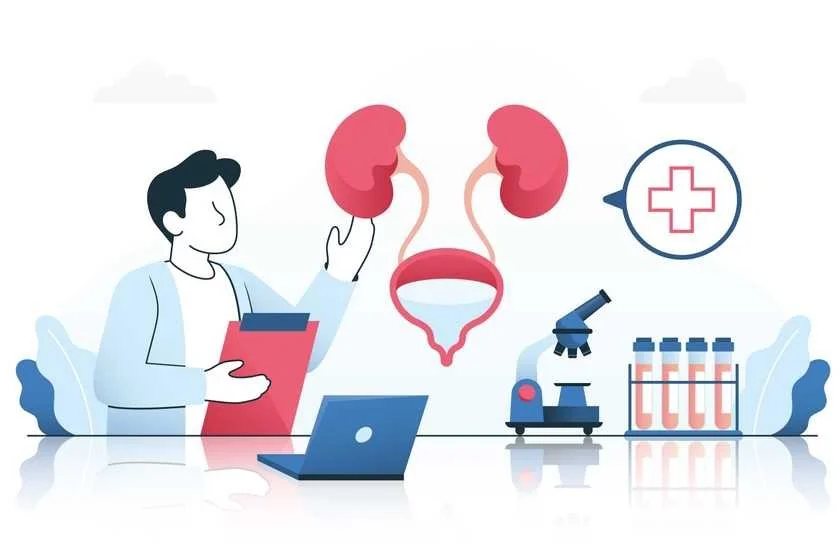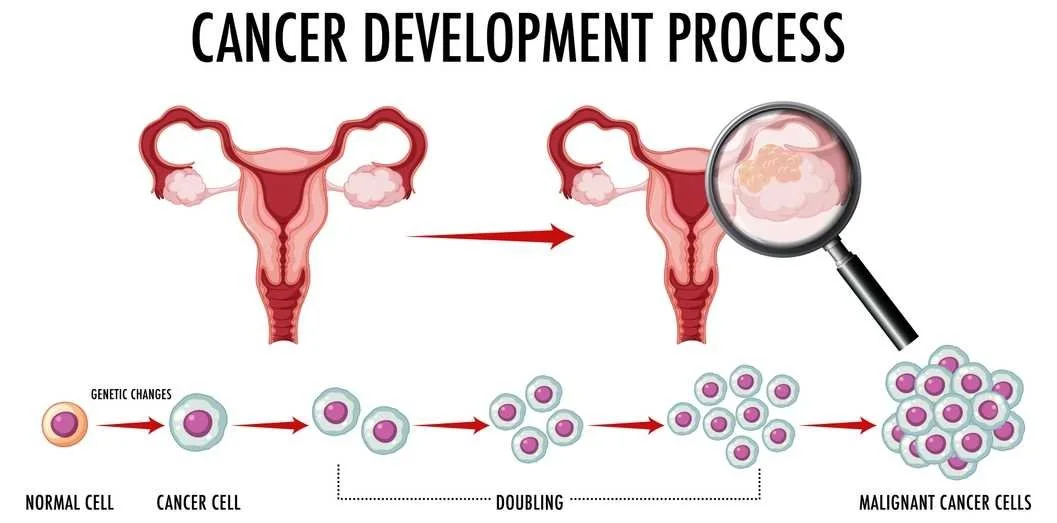Radiation Therapy for Prostate Cancer: Understanding Your Treatment Options
Prostate cancer is a common type of cancer that affects men, especially those over the age of 50. While there are several treatment options available for prostate cancer, radiation therapy is one of the most effective ones. If you or someone you know has been diagnosed with prostate cancer, it's essential to understand the different radiation therapy options available.
At JIET Hospital, we specialize in providing comprehensive cancer care, including radiation therapy. Our team of experienced oncologists and radiation therapists is committed to providing the best treatment options for our patients.
Types of Radiation Therapy
There are two primary types of radiation therapy for prostate cancer: external beam radiation therapy and brachytherapy.
External beam radiation therapy (EBRT) involves using a machine outside the body to deliver high-energy radiation to the prostate gland. The treatment is usually administered over several weeks, with each session lasting only a few minutes. EBRT is non-invasive, which means that there are no incisions or injections required.
Brachytherapy, on the other hand, involves placing radioactive seeds inside the prostate gland. The seeds release radiation over time, targeting the cancer cells directly. The procedure is usually done under anesthesia and can be done in one or two sessions.
Both EBRT and brachytherapy are effective treatments for prostate cancer and have similar outcomes. The choice of treatment depends on the stage and grade of the cancer, as well as the patient's overall health.
Benefits of Radiation Therapy
Radiation therapy has several benefits over other treatment options for prostate cancer. Firstly, it's a non-invasive treatment, which means that there is no need for surgery. This reduces the risk of complications and side effects associated with surgery, such as infection, bleeding, and incontinence.
Secondly, radiation therapy is highly targeted, which means that it only affects the cancer cells and not the healthy cells surrounding the prostate gland. This reduces the risk of damage to the surrounding tissues and organs, such as the bladder and rectum.
Finally, radiation therapy has a high success rate in treating prostate cancer, with cure rates of up to 95% for early-stage cancer. It also has a lower risk of recurrence than other treatments, such as surgery.
Side Effects of Radiation Therapy
While radiation therapy has several benefits, it's essential to be aware of the potential side effects. The most common side effects of radiation therapy for prostate cancer include fatigue, skin irritation, and urinary symptoms, such as urgency and frequency. These side effects are usually mild and temporary and can be managed with medication and lifestyle changes.
Less common side effects of radiation therapy include bowel problems, such as diarrhea and rectal bleeding, and sexual dysfunction. These side effects are usually more severe and can be permanent in some cases.
At JIET Hospital, our team of radiation therapists and oncologists will work with you to manage any side effects you may experience during your treatment.
Conclusion
Radiation therapy is a highly effective treatment option for prostate cancer, with several benefits over other treatments. At JIET Hospital, we offer comprehensive cancer care, including radiation therapy, to provide our patients with the best treatment options. If you or someone you know has been diagnosed with prostate cancer, talk to our team of experts to learn more about your treatment options.















